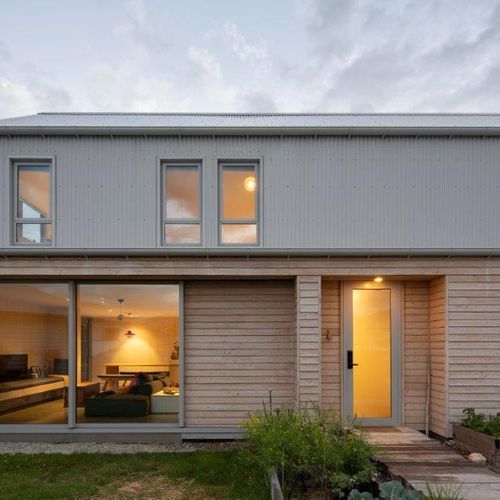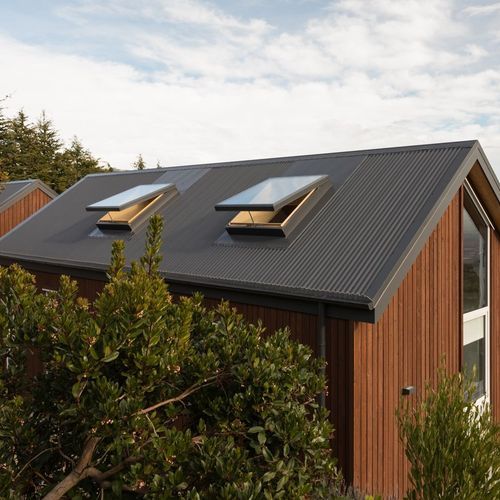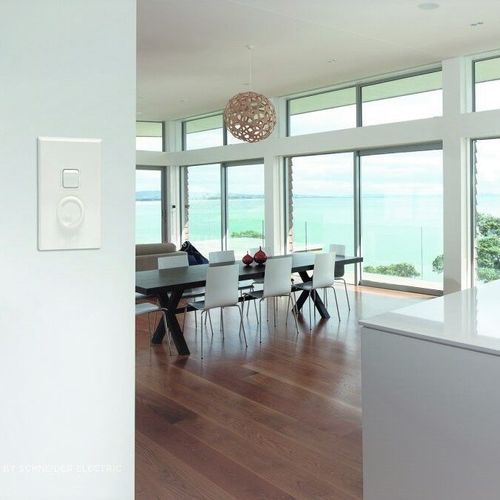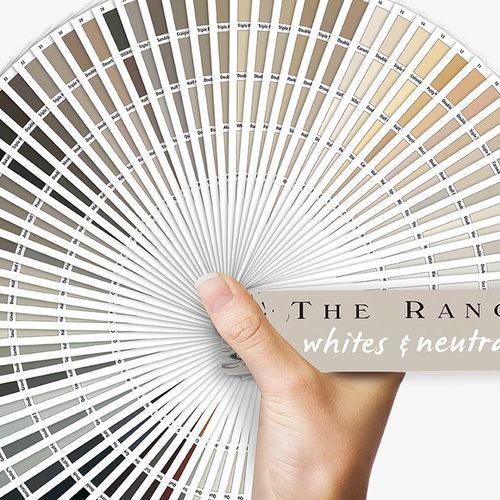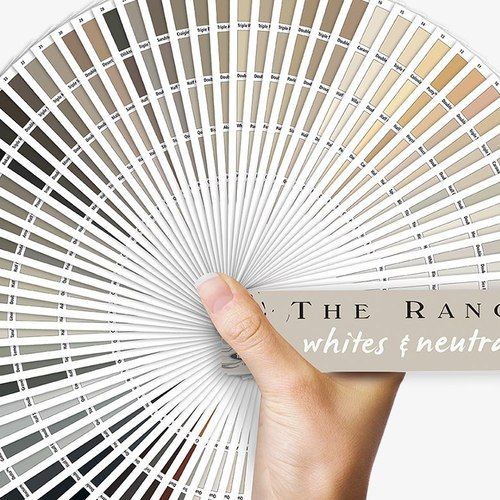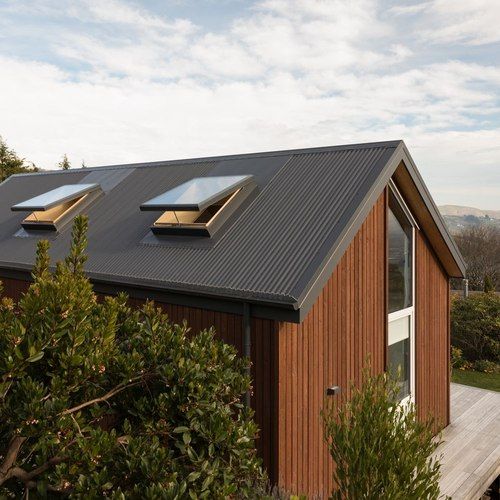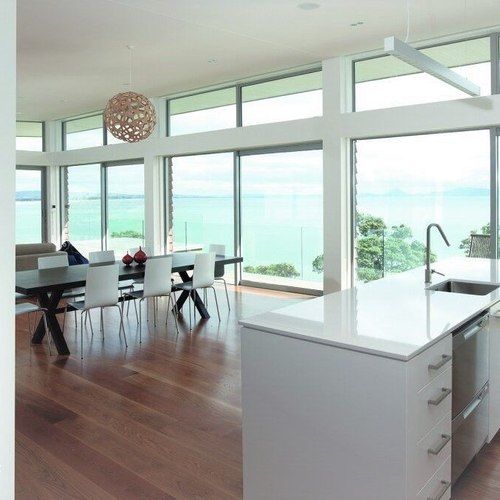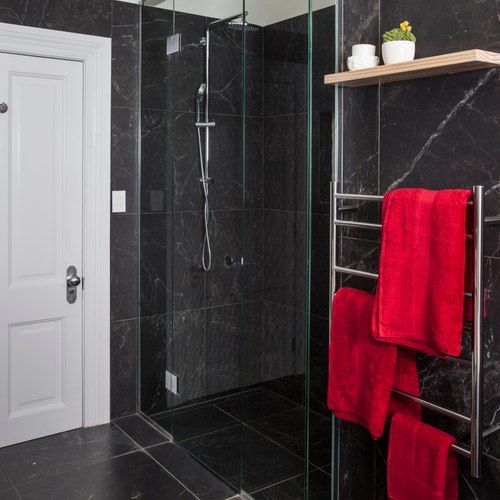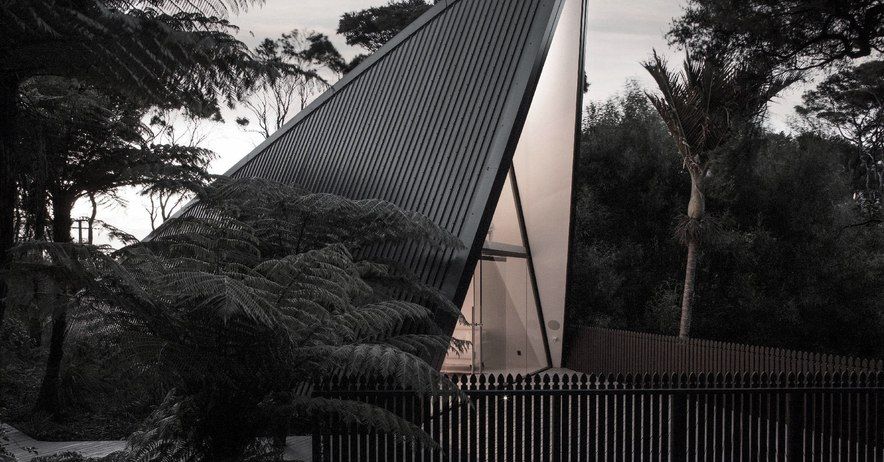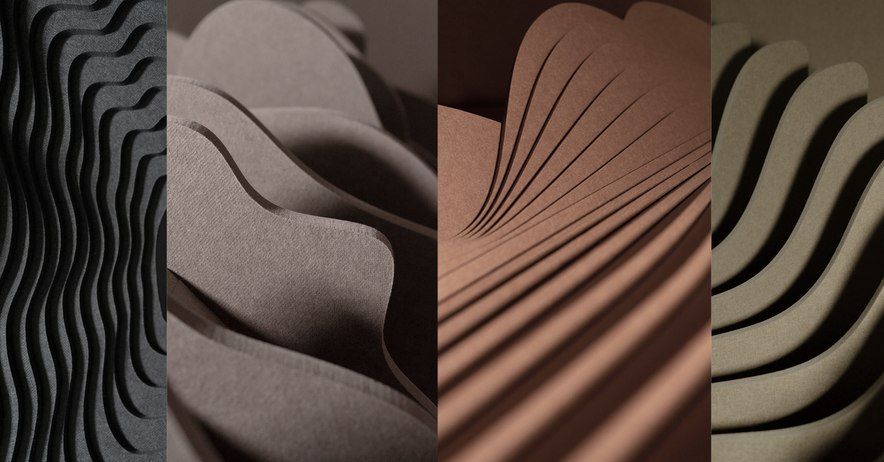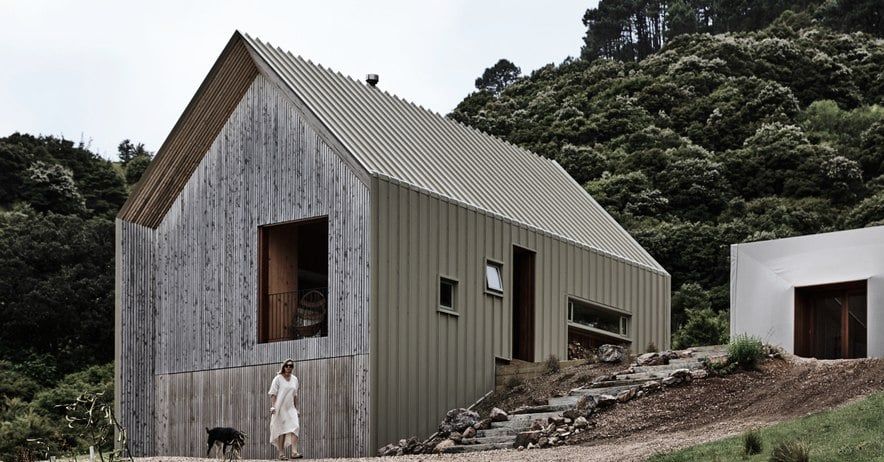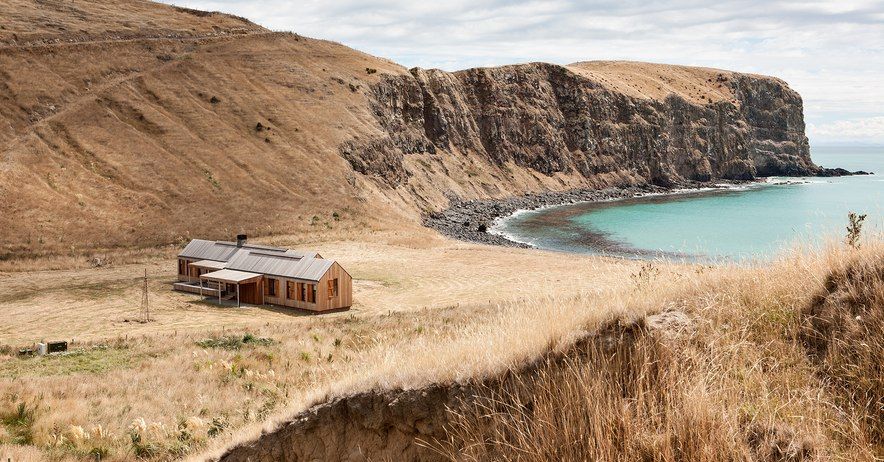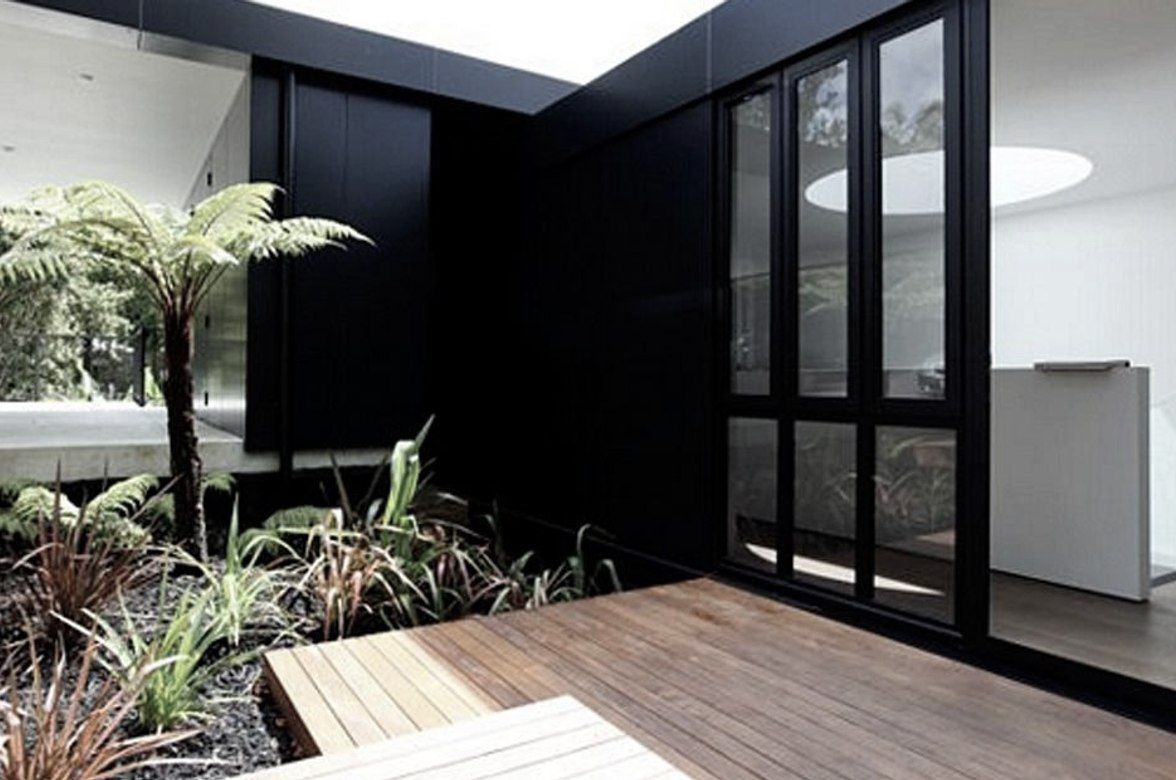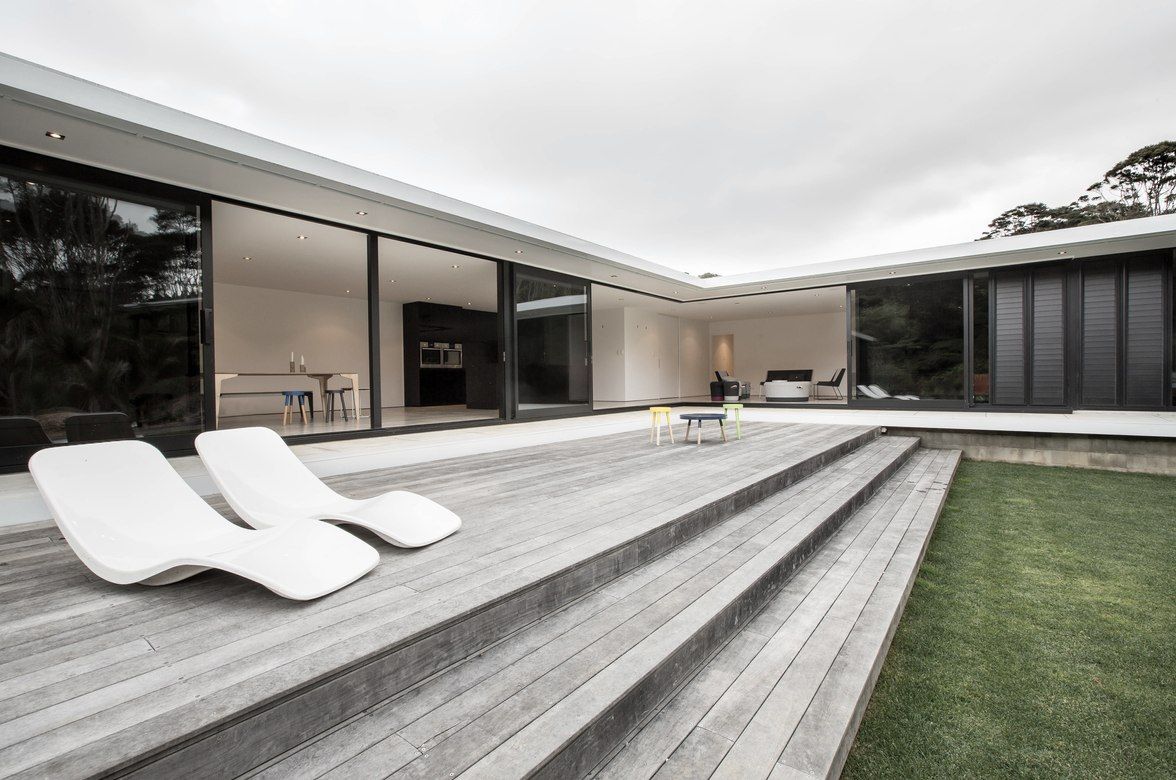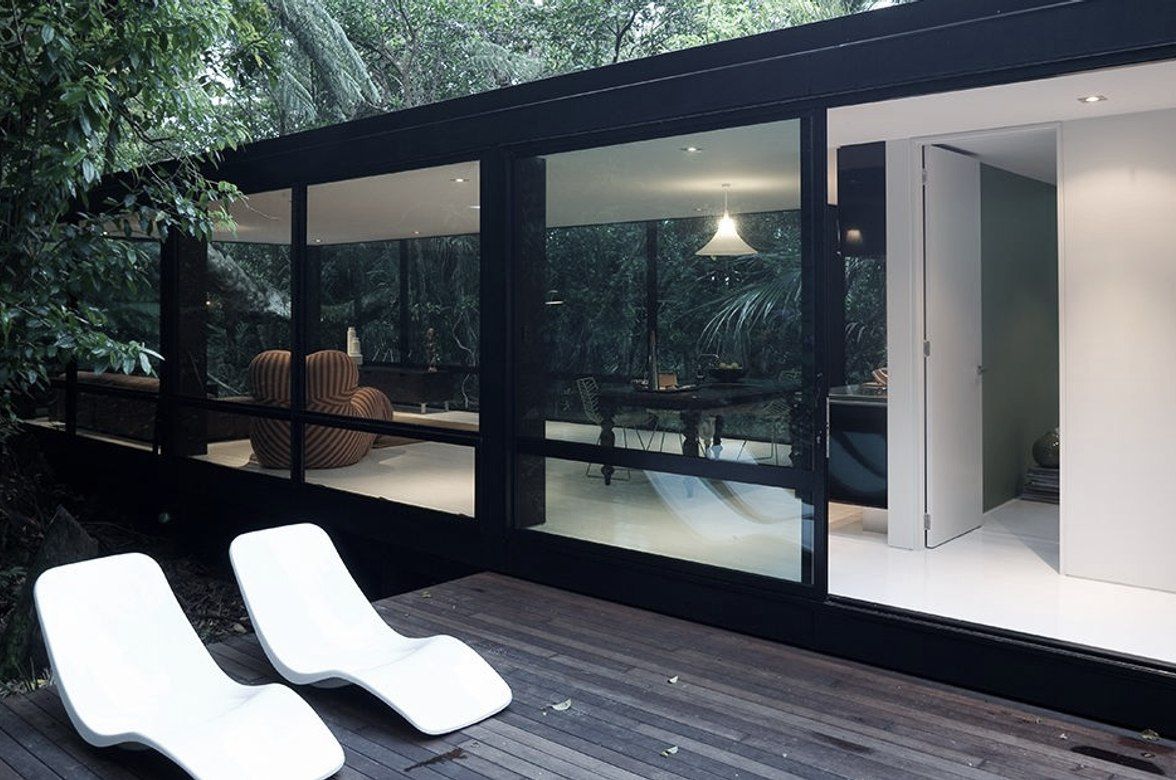Tent House
By Chris Tate
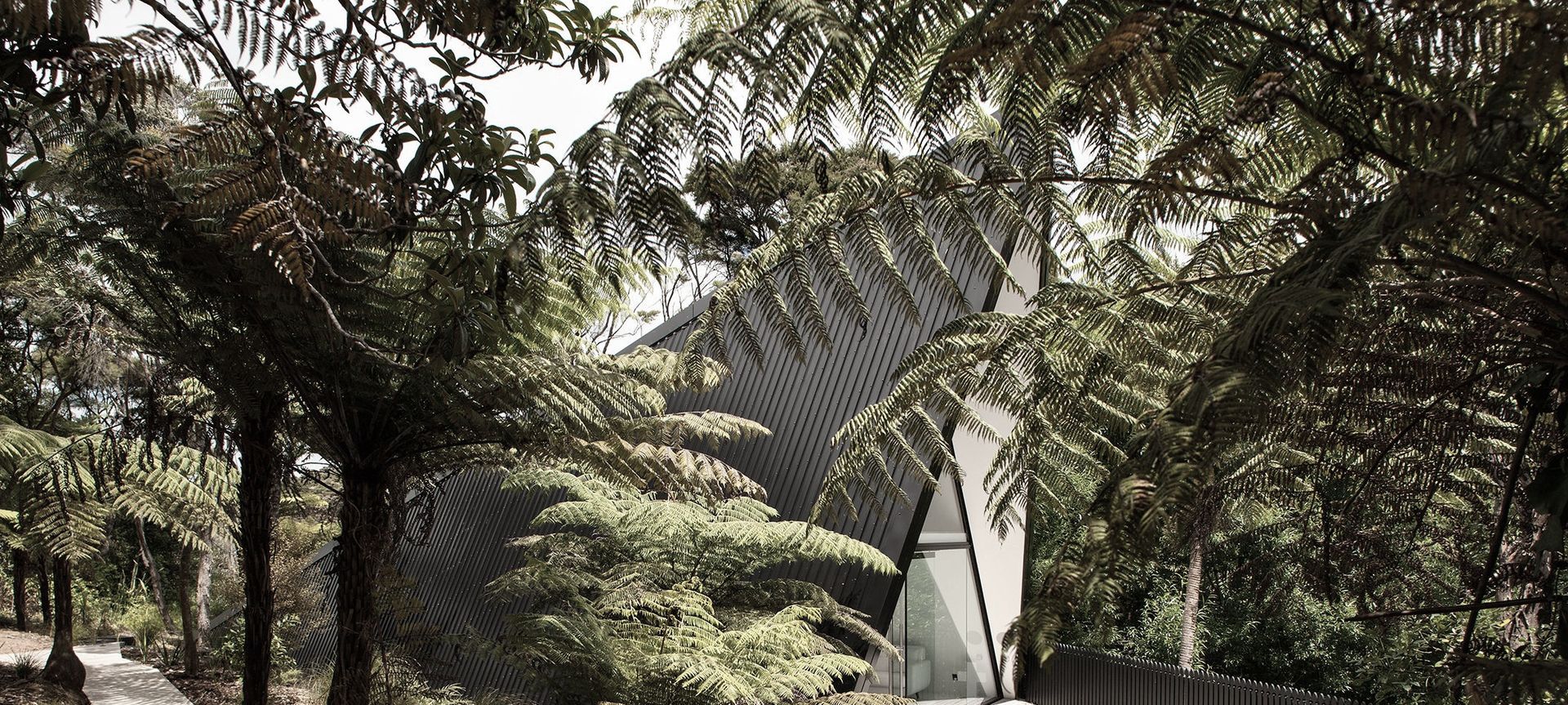
Having won New Zealand's Best Spatial Design award for Residential Interiors, Chris Tate's Tent House is a masterpiece of monochrome built with sharp lines and interesting angles. Sleeping below a tent on Waiheke Island, Chris envisioned a home with a similar triangular architectural form - simple, beautiful and playful. This idea sparked a project to build a collapsed tent house frame, and after two years of hard work, Tent House was completed.
We talked to Chris about his design inspiration, the materials he selected and the striking monochromatic colour scheme for this unique, creative form of architecture.
On shape and line
Since the inspiration was a triangular form, this posed several engineering and architectural issues, particularly on safety as the walls were not in conventional 90-degree angles. Chris tried around 30 different options during the 2D-drawing stage to ensure the home would work structurally and functionally.
"It came down to which shape looks best and what angles worked best on the site to maximise the shape. It was purely visual, followed by dissecting the design into cross-sections so the descending height walls would all fit in seamlessly and be safe for walking up to, despite the slope," said Chris.
On colour and light
Chic and classy, the white colour scheme of Tent House is an instant eye-catcher.
"I felt drawn towards an all-white colour palette," said Chris. "I carefully selected a cool-white Resene paint."
However, Chris injected the colour black sparingly as an accent to enhance and accentuate the glowing white.
"I was also amazed by the North-facing light from the Cathedral glass windows and Adlux skylights," added Chris.
Indeed, images of Tent House showcase how light dances around the white surfaces for an immersive experience.
"It's almost a religious feel," said Chris. "Night-time is a favourite, as the LED lights at the base of the Colorsteel cladding cast a vivid, ethereal glow on the house."
On space
Spanning approximately 70 square metres on a larger site of 650 square metres, Tent House makes clever use of the smaller space and tricky triangular sloping walls by adding statement pieces, such as a spiral staircase.
It was a smarter alternative to a vertical ladder, while regular stairs would need a pitch that wouldn't work aesthetically with the home's triangular shape.
Originally, he planned to paint the staircase black, but that would have distracted from the white scheme.
"It's now a standout feature of the home, an artwork in its own right," says Chris.
On minimalist style
Chris intentionally paired back the home.
"There are no artworks on the walls, no door handles or locks or architraves on the floor. It's all about the shadows, lines and shapes created by the Tent House structure. It's stripped back, yet comforting."
He also carefully curated the furniture choices, adding that he "adores" his Casala Casalino original dining chairs which are complementary to the staircase.
On materials
"I love working with Axxis steel framing due to its versatility, endurance and strength so that was my choice here. The Colorsteel cladding formed both the walls and roofing. I collect rainwater off the roof as per Waiheke Island requirements."
Chris' timber deck overlooks the lush greenery of his site, which is heavily forested and has a boardwalk through the bush leading to a spa pool and fire pit.
"Overall, it was a labour of love to complete Tent House and I took time off to help build parts of it myself," concluded Chris.
We can only imagine stepping out onto the deck from below the tented roof, gazing up at the stars with the same joy as a kid on a camping holiday. This innovative design proves a sense of play is ideal for architectural concepts.
Photography by Simon Devitt Photographer
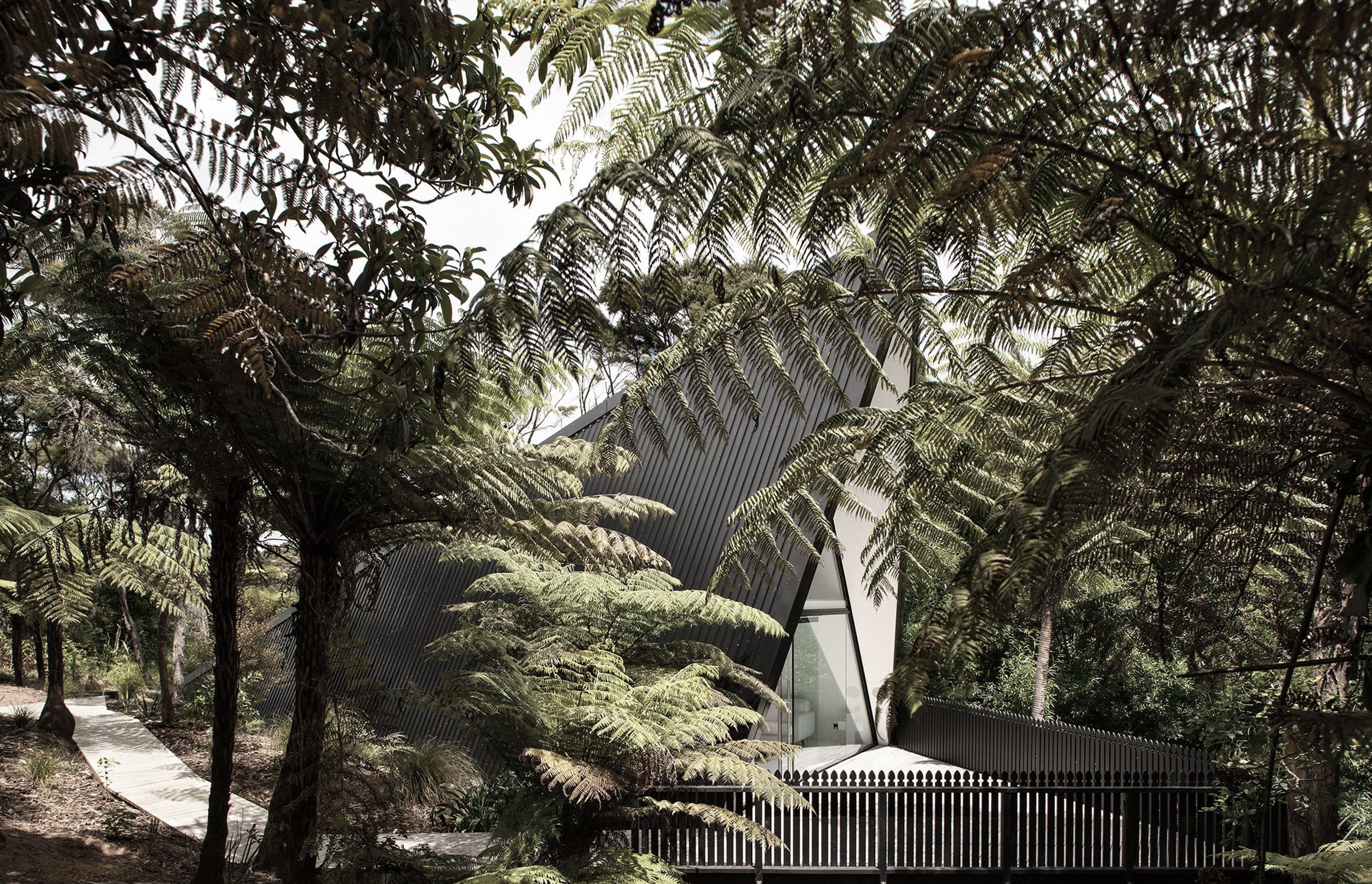
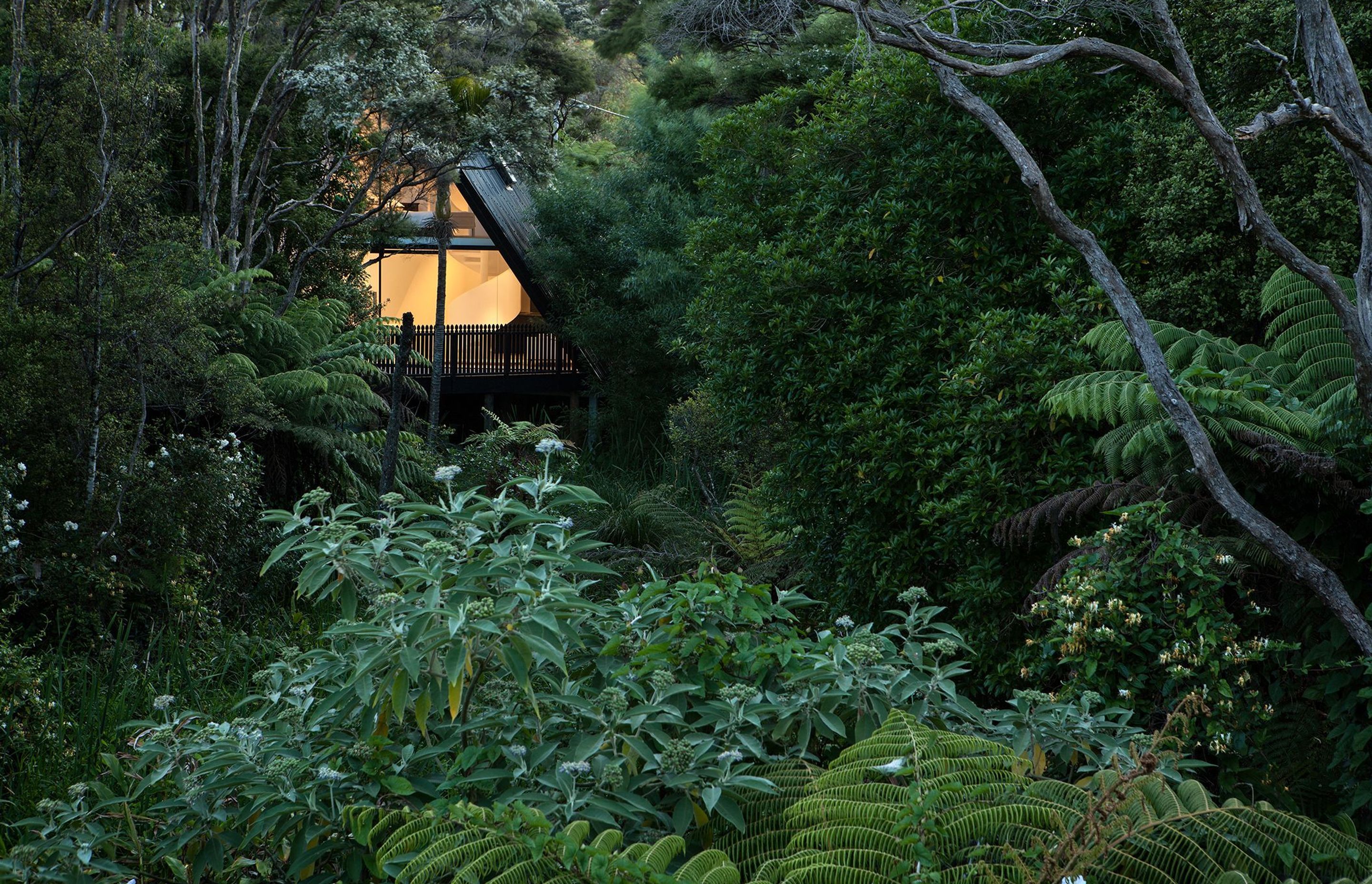


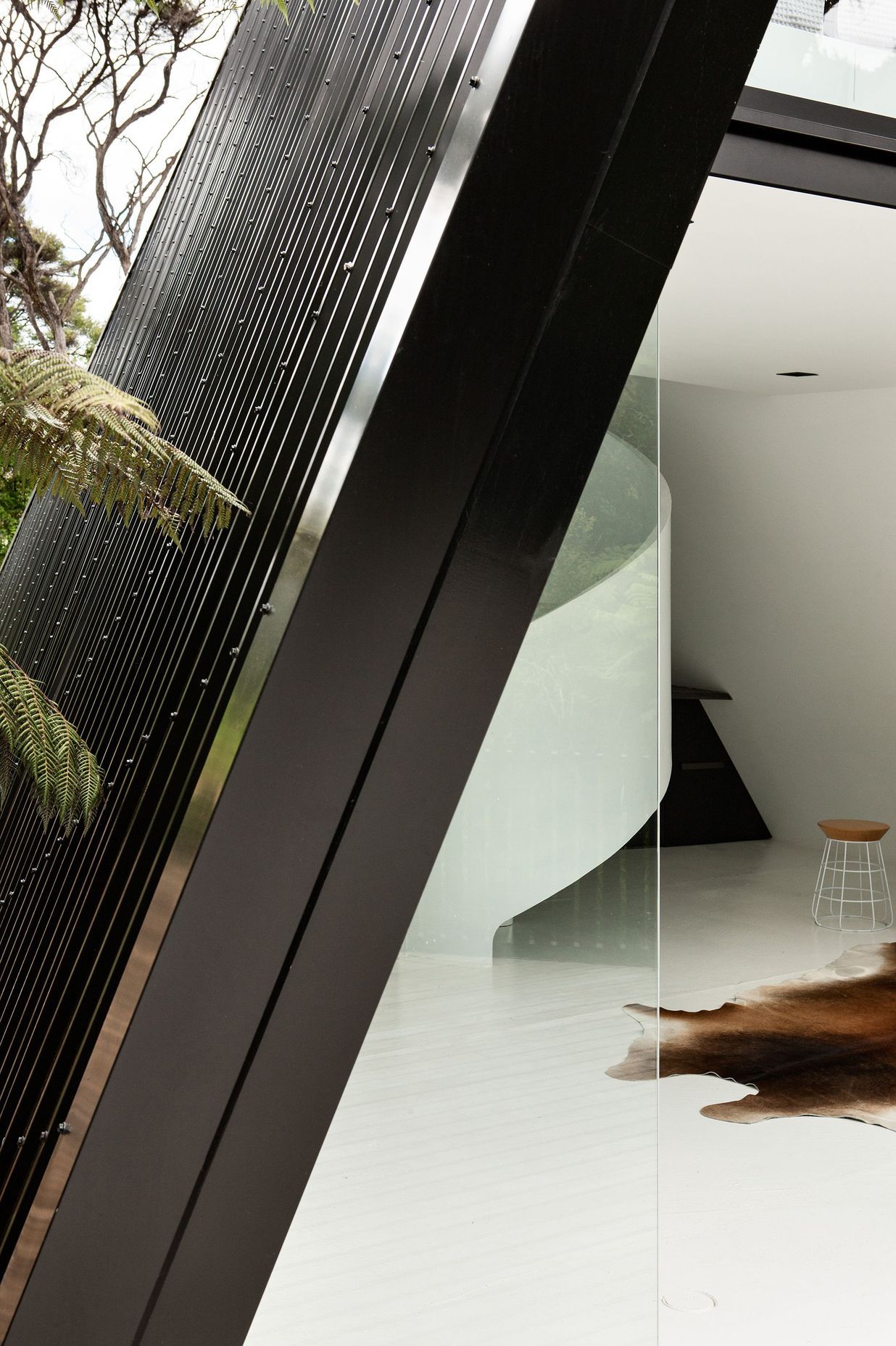

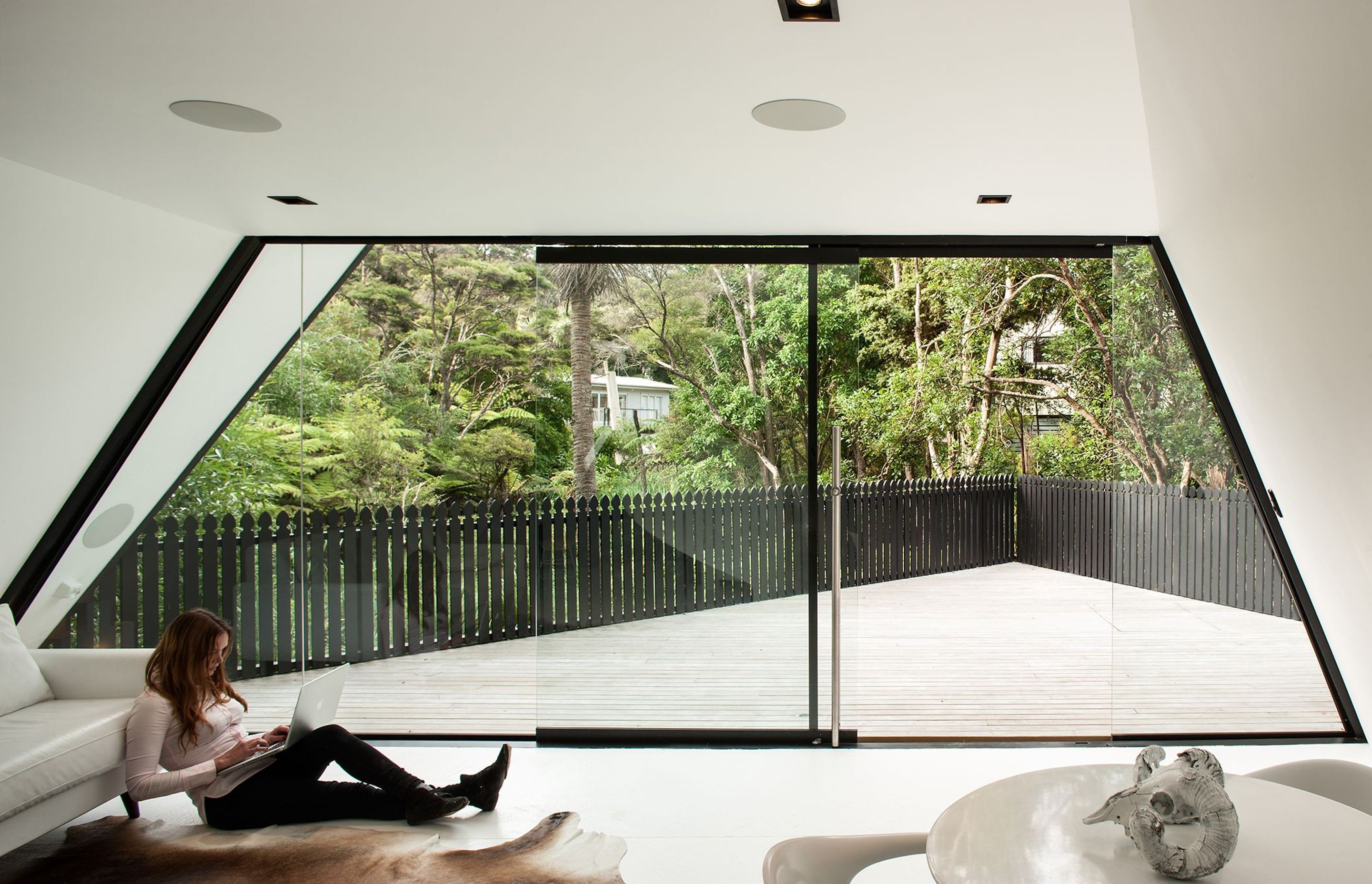
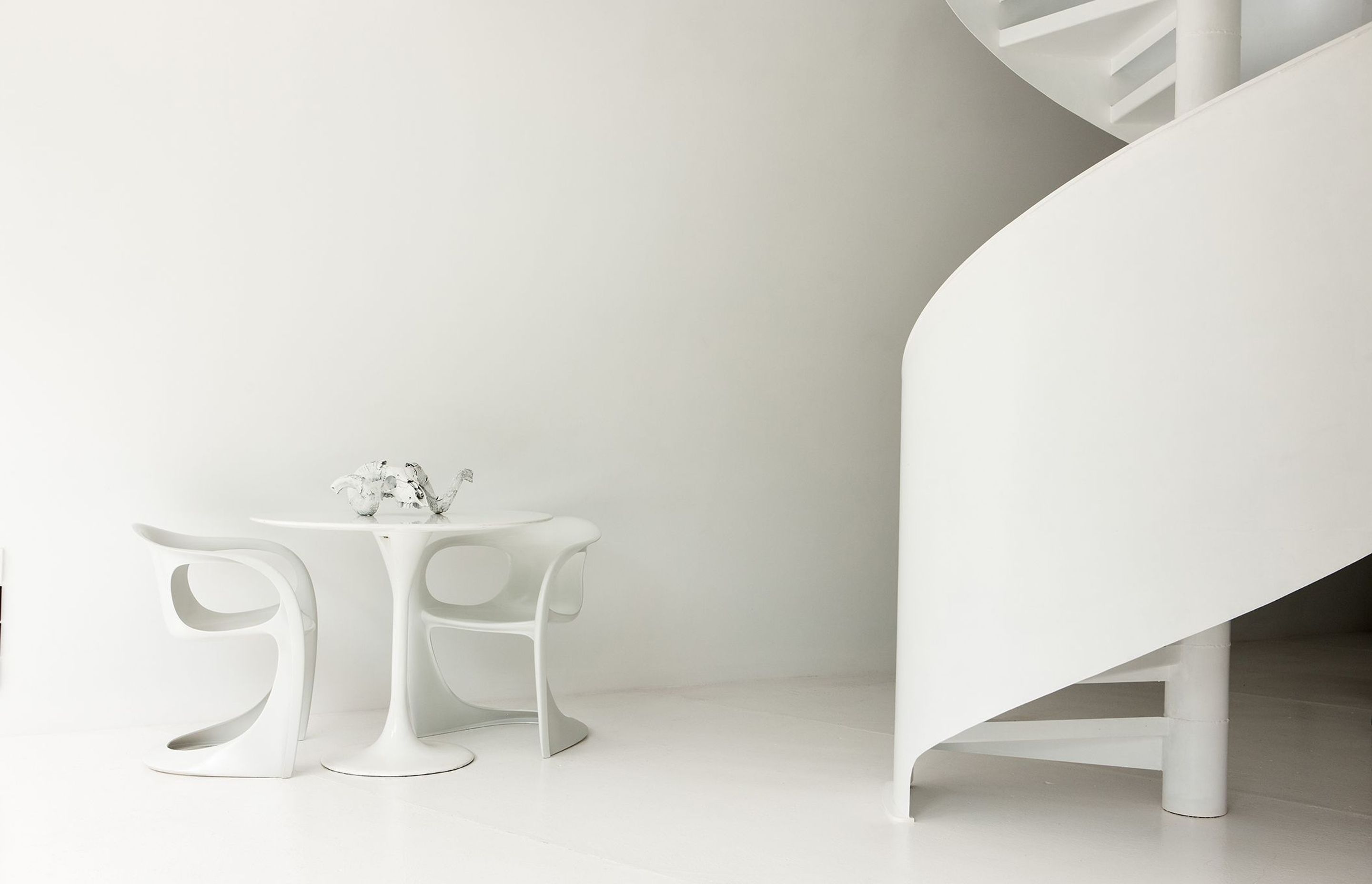

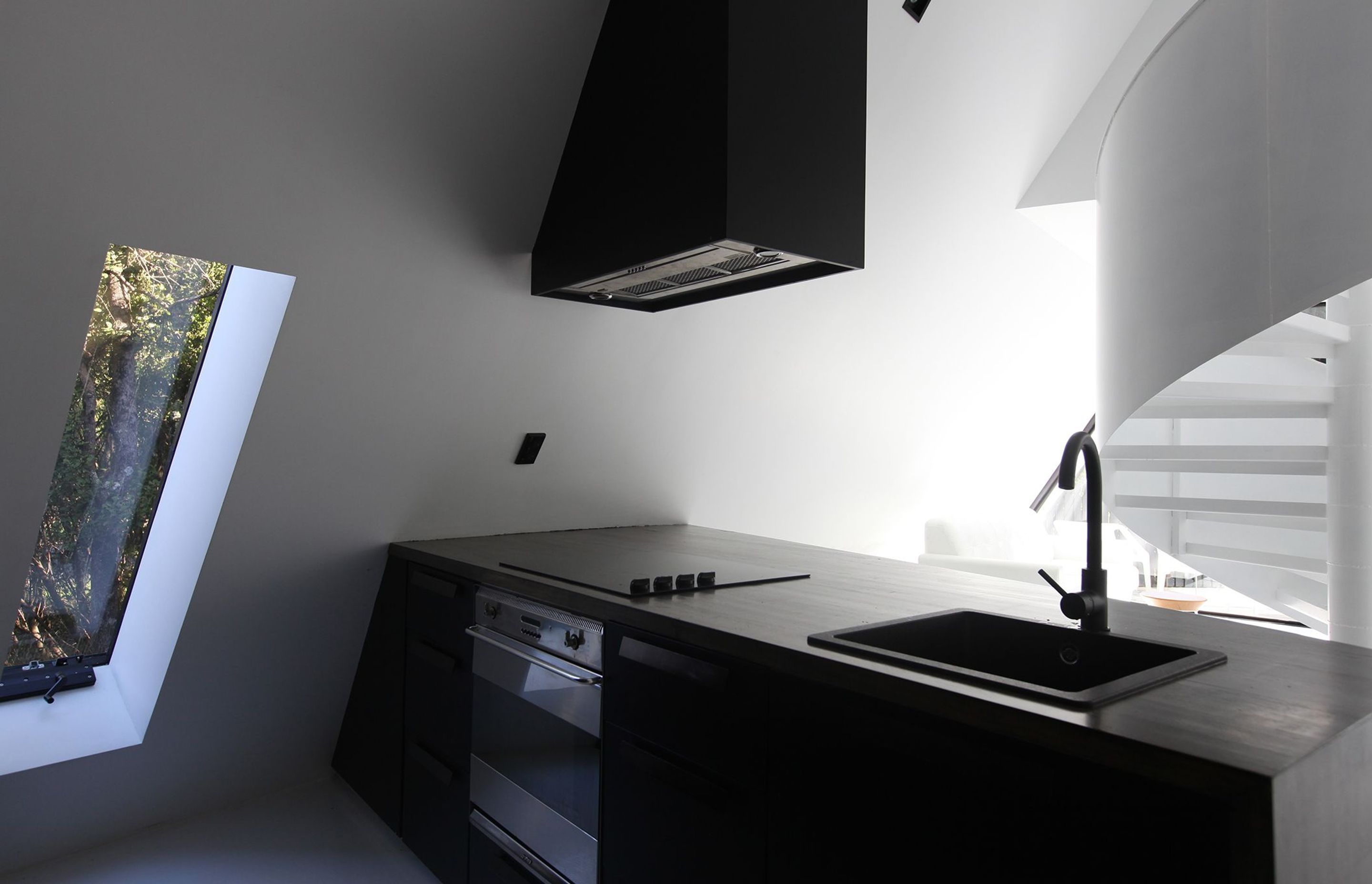
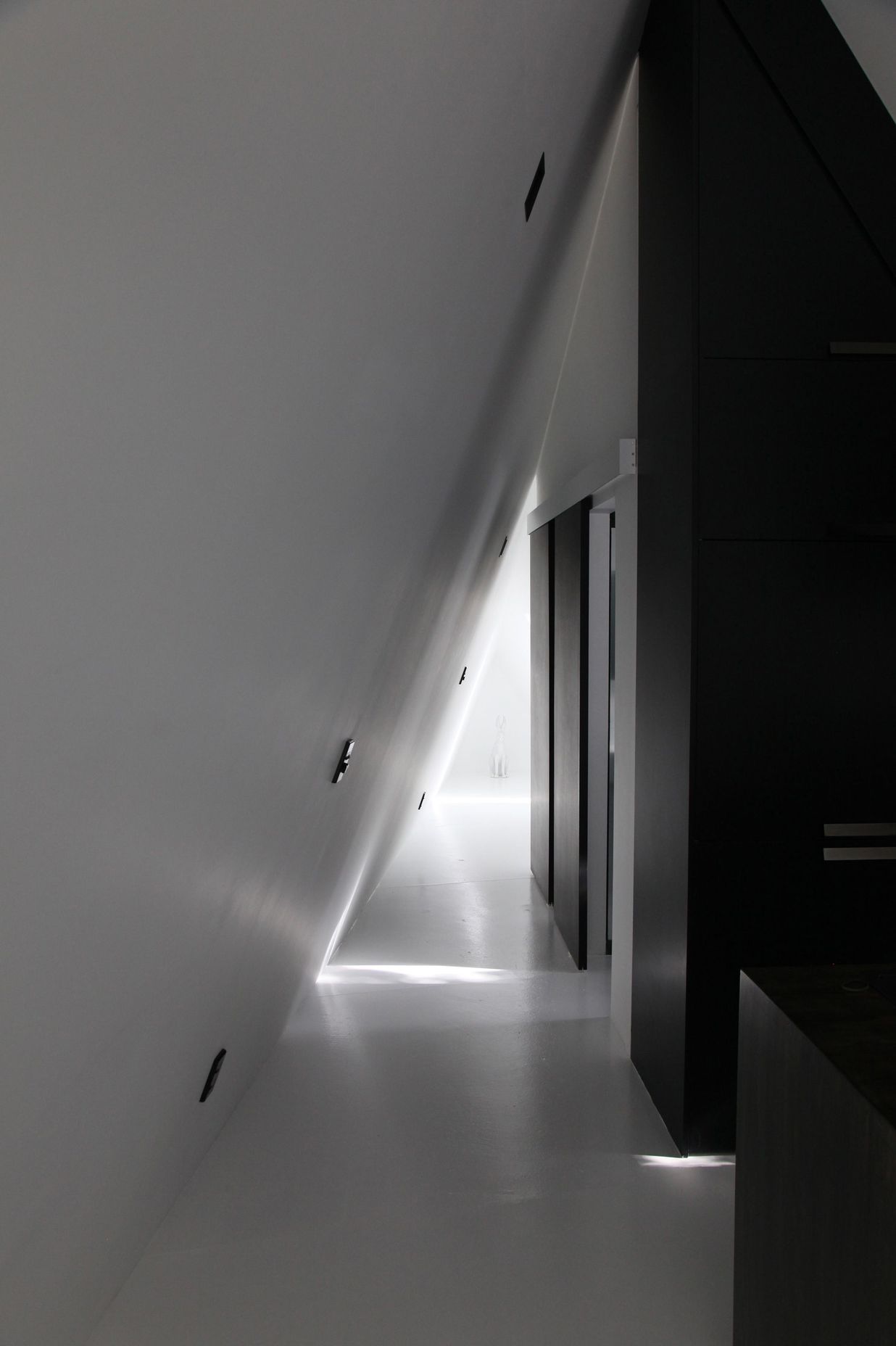
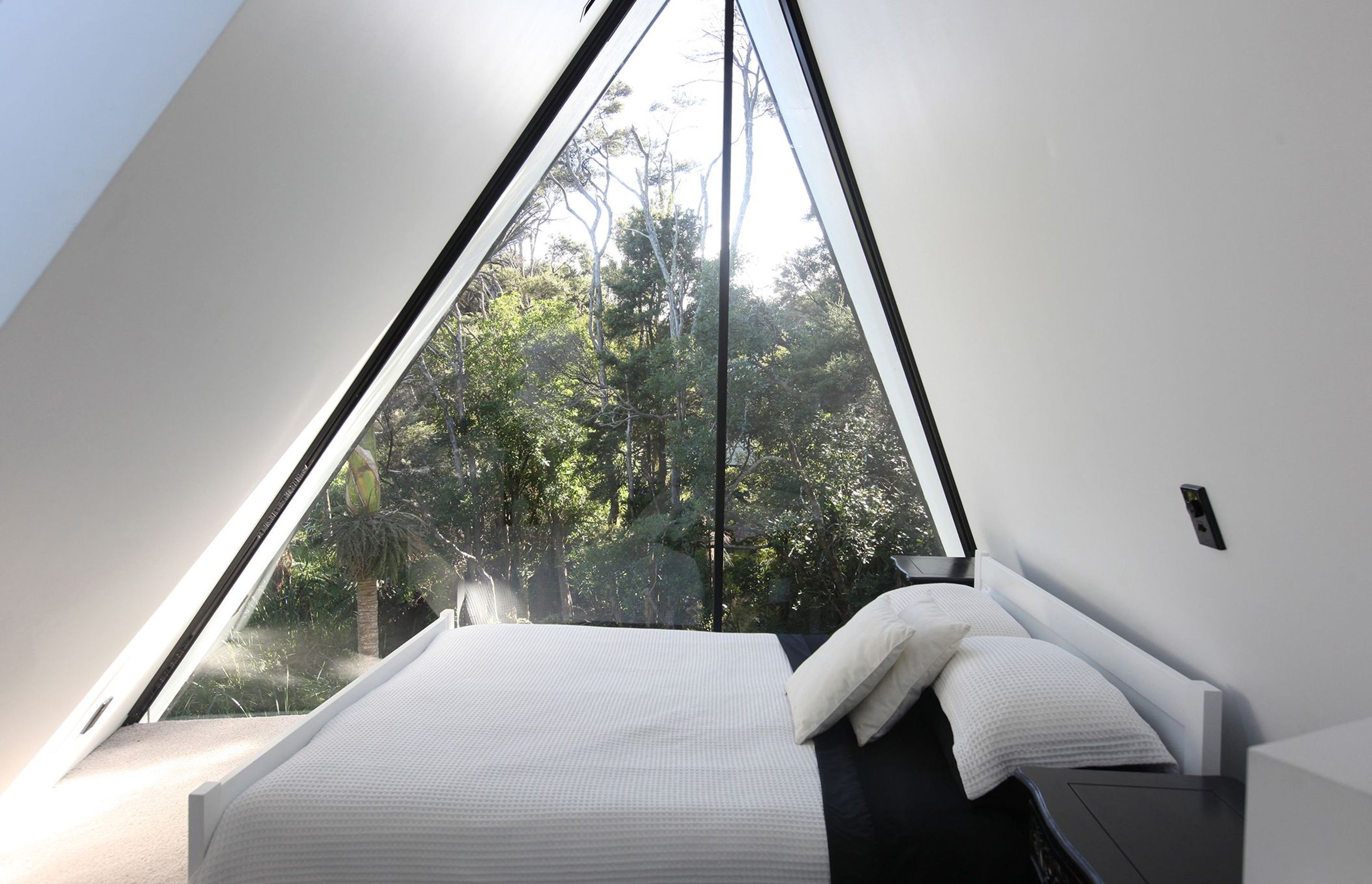
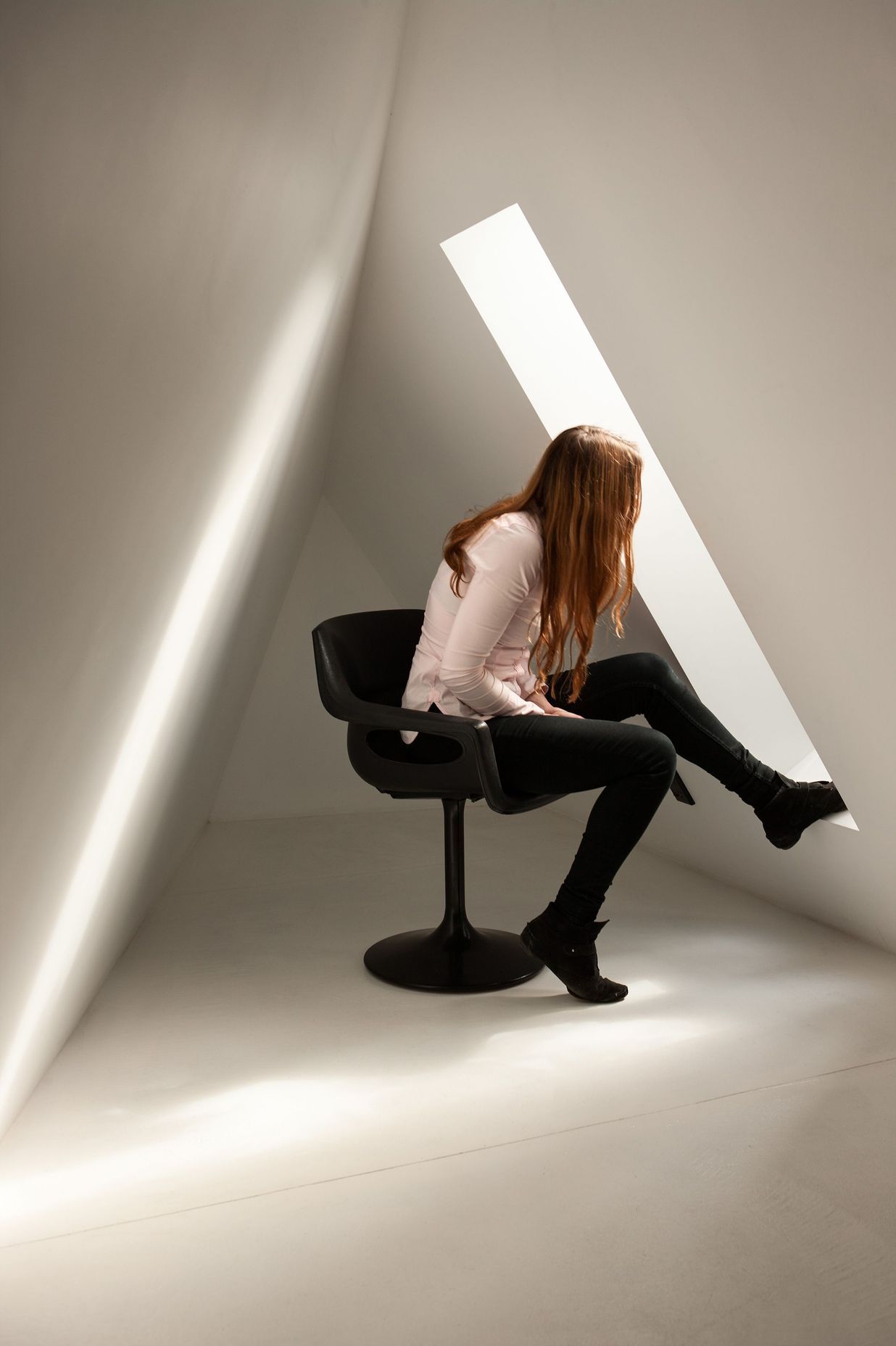

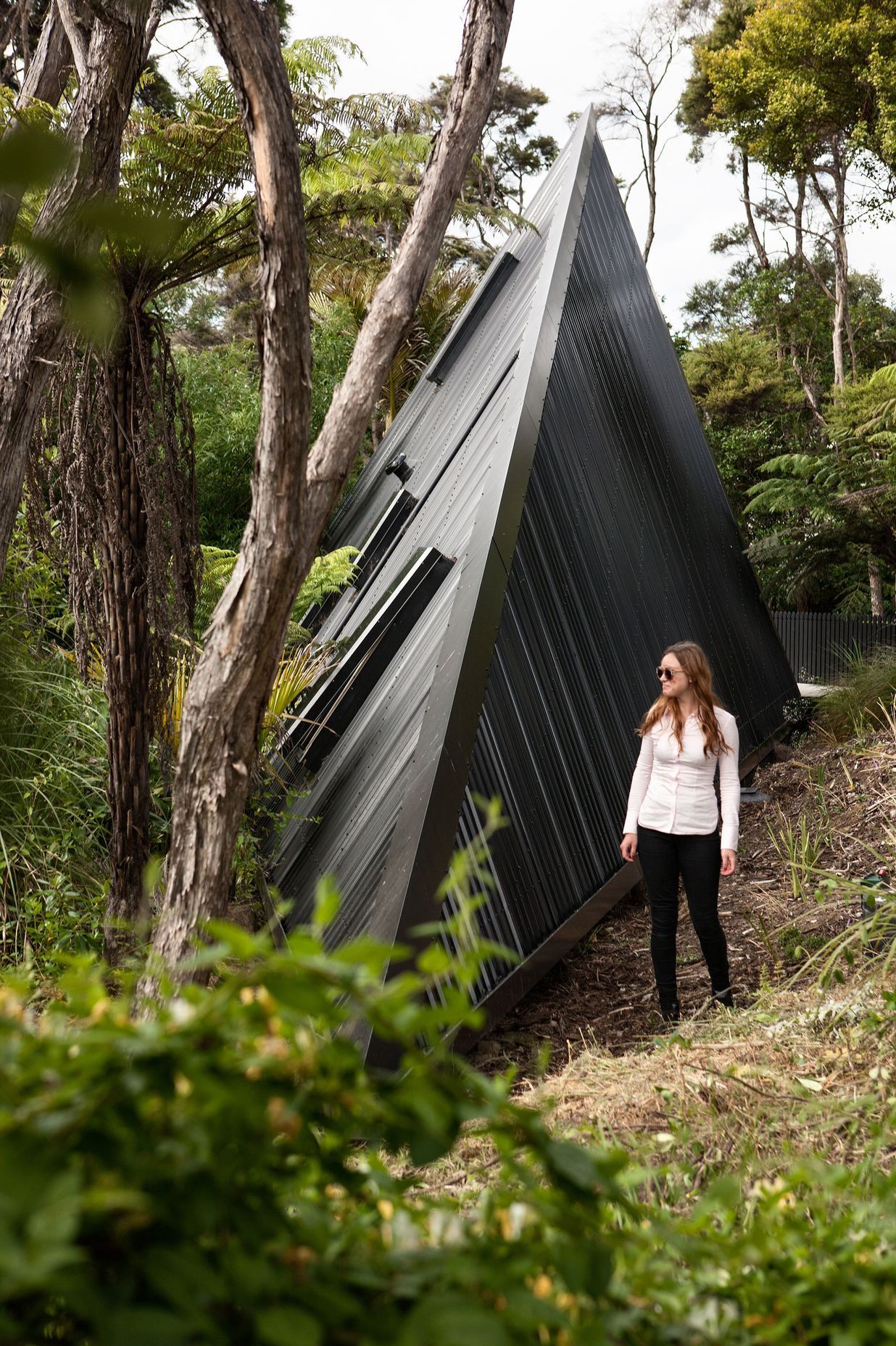
Products used in
Tent House
Professionals used in
Tent House
More projects from
Chris Tate
About the
Professional
Chris Tate creates an experience in his buildings. The priority on site is discovering and maximising a building’s potential for beauty. Without a stunning site, there will be no building. He assumes an unconventional approach to architecture where function follows form, prompting adaptation for occupants.
In 2006 he created Chris Tate Architecture and completed his first project, Forest House, a glass box in Titirangi. He has since created buildings throughout New Zealand exciting emotion in viewers and occupants. Stealth, black buildings and pure white interiors, he contrasts the soft with the formidable.

